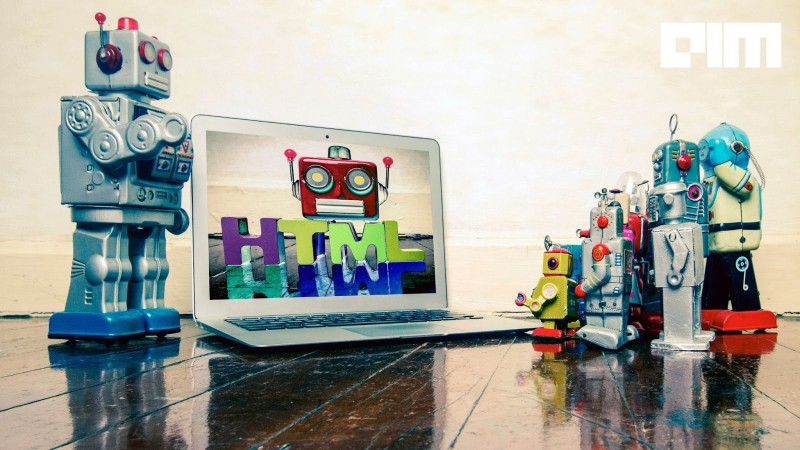Supervised Deep Learning is similar to concept learning in humans and animals, the difference being that the student in the former case is a computational network. Supervised deep learning frameworks are trained using well-labelled data. It teaches the learning algorithm to generalise from the training data and to implement in unseen situations.
After completing the training process, the model is tested on a subset of the testing set to predict the output. Thus, datasets containing inputs and correct outputs become critical as they help the model learn faster.
Regression and classification are two subfields of supervised machine learning.
Regression always predicts a continuous value using the training dataset to determine it. These outputs have a probabilistic interpretation and allow for the algorithm to be regularised for over-fitting. However, it can underperform in the presence of multiple non-linear decision boundaries. When applied to complex relationships, the method fails due to the lack of flexibility.
Classification, as the name suggests, allows data to be grouped in a class. It comes in handy in practice and is beneficial for large datasets. However, sometimes unconstrained decision trees– a widely used example of classification– are prone to overfitting.
Three Supervised Deep Learning algorithms are:
- Artificial Neural Networks: A computing network designed to work analogous to a human central nervous system. The neural network trains on a dataset and learns by comparing its output to the known value. The difference between these values is called error. A good neural network aims to reduce error by adjusting the weightage and bias of interconnection.
- Convolutional Neural Networks: This type of supervised learning is used to perfect computer vision. Facial recognition software mostly runs on this technology. The technology extracts the features of an image and classifies it to match it with its database to generate an output.
- Recurrent Neural Networks: They can process variable-length sequences as inputs. It is best suited for analysing sequential data. In the neural network, connections among nodes form a directed graph along a temporal sequence. It allows the neural network to exhibit dynamic temporal behaviour. It is primarily used in speech recognition, handwriting recognition, and robot control.
Pros and cons
Supervised learning can help train models to predict results based on prior experience. It is computationally less complex, and a highly accurate and trustworthy method. It is used when a user has an exact idea about the class of projects. It helps one to optimise the performance of an algorithm using experience.
It is widely used to solve complex real-world problems like computer vision, spam filtering, fraud detection, voice recognition, and more. A famous example would be the employment of supervised learning to develop convolutional neural networks by Tesla to solve its Computer Vision problem for successful autopilot implementation in its cars.
However, the major problem with supervised learning is that its training requires a lot of computation time and enough knowledge about the classes of subjects.
Challenges
The biggest challenge in supervised learning is that even irrelevant input features in training data can generate inaccurate results. Furthermore, the accuracy of output also suffers when improbable, unlikely values are interpreted as training data.
Secondly, thinking of the right features or input variables for training the algorithm is challenging. If the features are irrelevant, the algorithm becomes useless too. Also, one has to decide the kind of data they should be using as a training set. Finally, the decision boundary of the model in supervised learning becomes more strained when the training set does not have the examples one wants to have in a class.





















